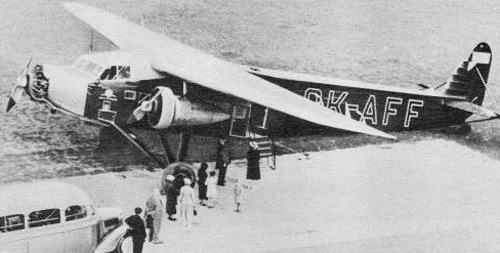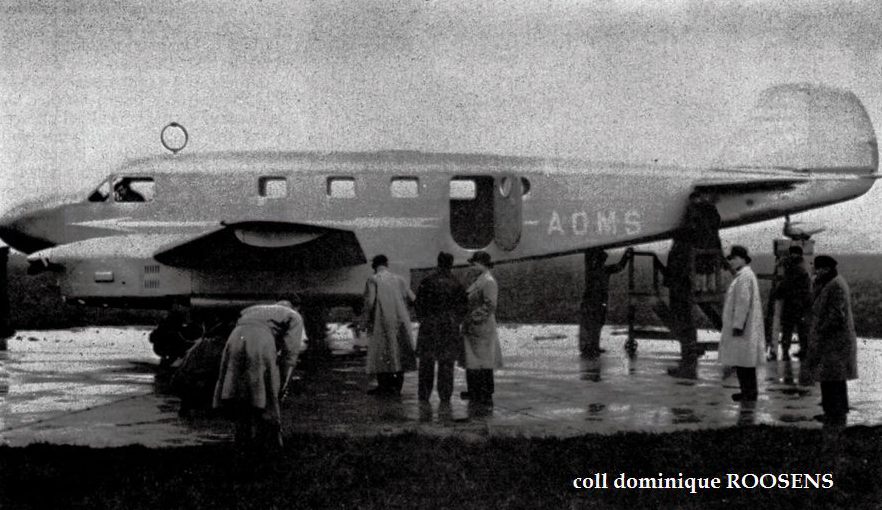Crash of a Polikarpov P-5 in Drachevka
Date & Time:
Oct 10, 1937
Registration:
CCCP-L1538
Survivors:
Yes
Schedule:
Kharkiv – Moscow
MSN:
8064
YOM:
1934
Crew on board:
1
Crew fatalities:
Pax on board:
0
Pax fatalities:
Other fatalities:
Total fatalities:
0
Circumstances:
The aircraft departed Kharkiv on a mail flight to Moscow, carrying one pilot and a load of 400 kg of mail. About 50 minutes into the flight, the engine started to vibrate. A smell of fuel spread in the cabin and the engine caught fire. The pilot bailed out and abandoned the aircraft that dove into the ground and crashed in an open field. The pilot was burned to his legs and the aircraft was destroyed.
Probable cause:
It was determined that the engine caught fire after a fuel line ruptured in flight, causing the fuel to spill and to ignite while in contact with high temperature components. The line in question had already been repaired but the hose that had been placed to seal the line failed because it was corroded by the fuel.











